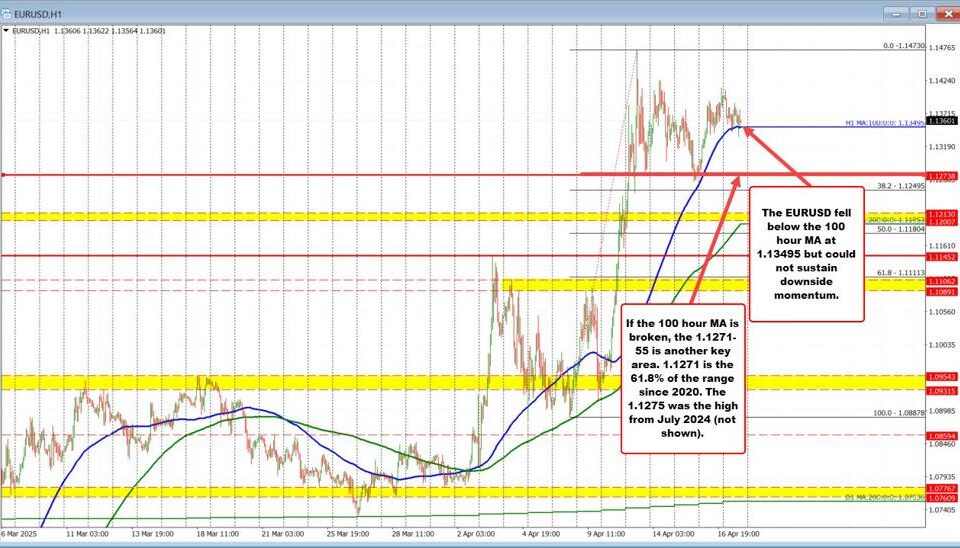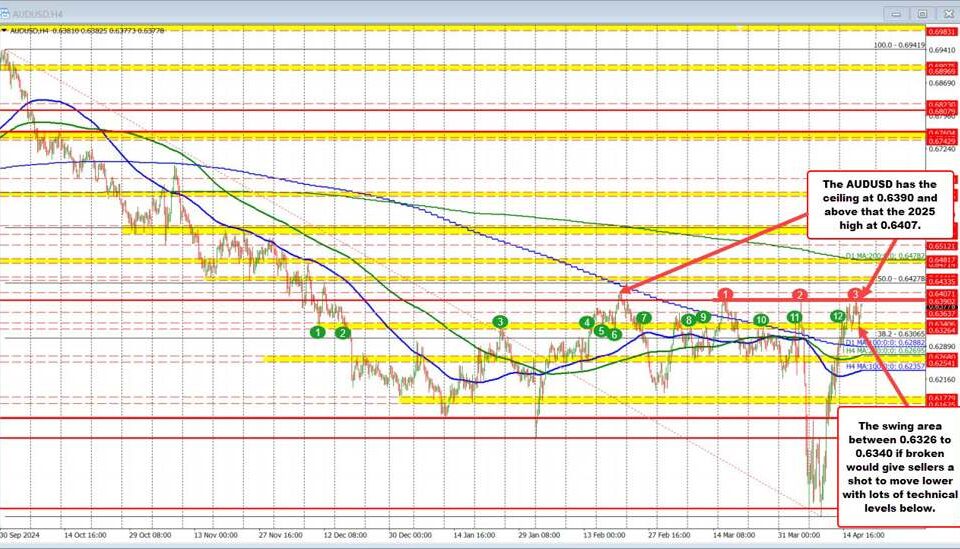
Critical Forex Events on April 4, 2025: Labor Data & Powell’s Insights
Tháng 4 4, 2025
Navigating European Stock Market Fluctuations: Opportunities Amid Economic Uncertainty
Tháng 4 4, 2025Recent USD/JPY Technical Analysis and Market Developments You Should Know
As we delve into the current state of the USD/JPY currency pair, it’s essential to consider both the technical indicators and the fundamental factors shaping market sentiment. As of April 3, 2025, USD/JPY is trading at approximately 146.77, illustrating a complex interplay between economic events and trading signals.
Current Technical Analysis
The technical landscape for USD/JPY reflects emerging trends that traders need to monitor. The Relative Strength Index (RSI) currently sits below the critical threshold of 30, indicating oversold conditions in the market. This suggests that the pair might be poised for a rebound, or at the very least, the decline might start to slow down as traders look for entry points amid favorable pricing.
From a structural standpoint, significant support levels have been identified at 146.70 and 146.00; these are seen as potential barriers that could halt further price declines. On the other hand, resistance levels at 147.50 and 148.50 will be crucial for any potential bullish reversals. Notably, the price has also fallen below the 50-day Simple Moving Average (SMA), which is a bearish signal indicating that downward momentum might continue in the near term.
Fundamental Factors Influencing the Market
The fundamental backdrop is just as critical as the technical indicators. Recent geopolitical developments have significantly influenced the USD/JPY’s trajectory. In particular, the United States has imposed tariffs on Japanese exports, prompting a shift in demand toward safe-haven assets like the Japanese yen. This heightened demand for the yen is a key factor driving the depreciation of the USD against it.
Additionally, when analyzing economic indicators, the recent Purchasing Managers’ Index (PMI) figures out of Japan have shown a slight decline but remain above market expectations, lending some strength to the yen. Conversely, the anticipated rise in U.S. initial jobless claims could add downward pressure on the U.S. dollar, further encouraging the yen’s appreciation.
For a broader understanding of how international relations affect currency dynamics, consider the insights from China’s President Xi Jinping convened top CEOs to address U.S.-China trade tensions, which highlight the importance of collaboration in shaping market expectations.
Market Sentiment and Predictions
Market sentiment is heavily weighed down by recessionary fears spurred by trade tensions and global economic uncertainties. These factors have led to increased risk aversion among investors, propelling the demand for the yen higher. Traders are wary of taking on too much risk in this climate, thus opting for safer assets.
In response to ongoing economic challenges, the Bank of Japan has indicated intentions to raise interest rates later in 2025, aiming to underpin the economy and the yen’s strength amidst volatile trading conditions. However, the specter of global trade uncertainties lingers, complicating the outlook for both the JPY and USD.
For those particularly interested in understanding market outlooks, the forex market is experiencing a neutral trend between the US Dollar and Canadian Dollar, characterized by a cautious ‘wait and see’ approach. This context can provide valuable insights while navigating the dynamics affecting USD/JPY. More details can be found here.
In conclusion, the current dynamics of the USD/JPY currency pair highlight a blend of bearish technical momentum coupled with fundamental factors that paint a complex picture. As market participants navigate this challenging landscape, future price actions will likely reflect ongoing geopolitical developments and economic indicators, making continuous analysis essential for informed trading decisions.



